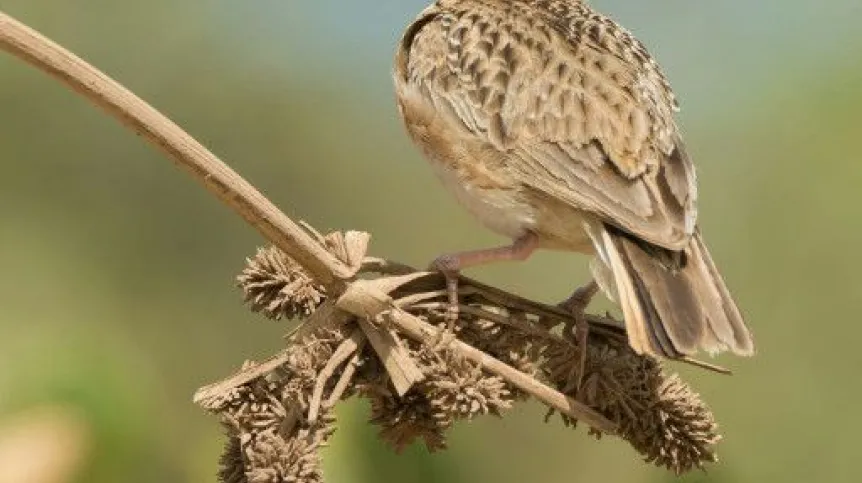
Crested larks, small species of lark that years ago were common in Polish villages and towns, disappear from Mazovia. According to naturalists, the only place where you can now find them is Radom. Only three birds of this species live there: two males and one female.
According to a naturalist from Radom Jacek Słupek, you will not see crested larks anywhere in the Mazovia province outside Radom. "In Warsaw, the last crested larks were seen near the Siekierki power plant in 2005. Since then, they have not been spotted in the capital"- said Słupek. He added that this is confirmed by naturalists from other parts of the region, who come to Radom to see the last crested larks remaining in Mazovia, also called urban larks. Three crested larks live in Radom: two males and one female. Their position is located on the outskirts of the estate Południe.
Crested lark is a small bird with light brow feathers, slightly larger than house sparrow, similar to Eurasian skylark, but with a distinct crest on the head. Unlike Eurasian skylark, male sings not only in the air but also from a good vintage point. In Radom, for example, it sits on a boulder.
Crested larks are not skittish, not afraid of humans. They flee on foot between the legs of passers-by, they look under cars in search of food.
Słupek emphasised that years ago crested larks were an integral part of the landscape of cities and villages. According to naturalists, decrease of their population is affected by the lifestyle of contemporary Poles, in particular fondness for mowed lawns.
The naturalist explained that crested larks nest on the ground, in the grass. In April and May, thy lay the first eggs, and second brood starts in late June and early July. They sit on eggs for about 12-14 days. "Most of the nests that we had previously observed, unfortunately had been mowed" - explained the naturalist.
Another cause of crested lark population drop indicated by naturalists is the absence of horse transport. Horse droppings contain leftover grain oats, which is the primary winter food base of this bird.
The naturalist from Radom emphasised that more numerous populations of crested lark can be found, for example, in the Zamość region. This species is strictly protected in Poland.
PAP - Science and Scholarship in Poland
ilp/ mhr/ mrt/
tr. RL













